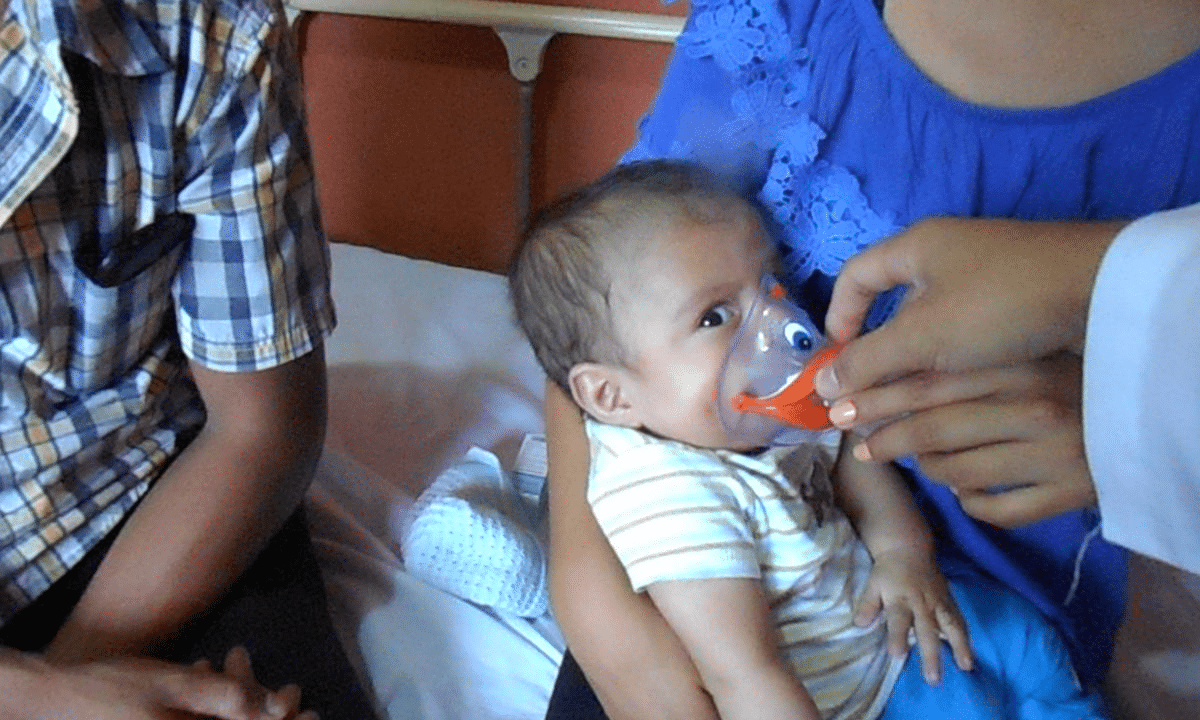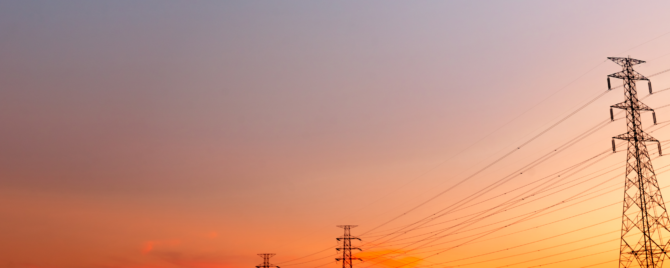When you flip the light switch, do you have any reservations of whether the lights will come on? What about if you get sick–is there a good chance your doctor cannot treat you because of a lack of power?
While these might seem unlikely scenarios to us, they are unfortunate and very common realities in many low-income countries. In many Honduran communities, for example, residents could go weeks to a month without power. And for those with the most common local medical conditions of asthma, allergies, and lung cancer, the difference of a few hours without treatment could be fatal.
For the Clinica de Santa Maria in Reitoca, three-hour bus rides and hikes are normal one-way treks for patients. The closest hospital is 3.5 hours in the opposite direction and the clinic is the only one for the neighboring seven communities. Up until recently, the clinic also was subjected to the frequent blackouts, leading to an insufficient electrical load that burned out much of their limited medical equipment.
In 2016, Cape Fear Solar Systems visited the clinic with Father Bob of Wilmington, NC’s Basilica Shrine of Saint Mary and Laura Vinson, Executive Director of Saint Mary’s Health Center and the clinic’s co-founder, to assess its solar feasibility. It turned out to be a great candidate and, after getting all of the necessary measurements, Cape Fear Solar returned home to start designing the new system.
On a following visit to the clinic, Vinson brought a battery pack to charge Father Bob’s laptop and test the capabilities of a battery in the clinical setting. Before they got a chance to plug in his device, a family arrived at the clinic with a baby struggling to breathe. Being in one of the blackouts, the clinic’s physicians used Vinson’s battery pack to power the child’s nebulizer. Without it, the parents would have had to risk their infant’s throat closing up during the 3.5-hour walk to the hospital.

Due to the area blackout, this child wouldn’t have received breathing treatment without a battery pack. This is an unfortunate reality for many in rural areas of lower-income countries.
In 2017, Cape Fear Solar Systems donated the photovoltaic system and battery backup to the clinic. After being shipped in, local electricians installed the system and gave the clinic energy independence for the first time. A steady supply of power allowed the clinic to expand, adding a lab, pharmacy, second physician, and a microbiologist. Equipment was able to be upgraded, allowing the clinic to be able to provide more sophisticated testing and treatment for diabetes, HIV/AIDS, hypertension, cancer, and even prenatal care. Neighboring clinics still don’t have steady power or the necessary physicians and often send their lab work for testing and diagnostic assessment. The Clinica de Santa Maria’s patient caseload has also expanded–growing from the 600 patients per month pre-solar to now serving over 800 patients per month.
“The community is more confident and power outages don’t slow us down anymore,” Vinson says. “This solar project was our first international assistance and opened the door for other organizations to partner with us.” Vinson revealed that the Clinica de Santa Maria will be receiving their first $65,000 international grant through the local Rotary Club in 2023.
On this World Humanitarian Day, Cape Fear Solar Systems wants to recognize the tireless efforts of the staff and volunteers of both the Clinica de Santa Maria and Saint Mary’s Health Center, as they fight to give the best medical care possible to indigent members of their local communities, no matter the odds.



